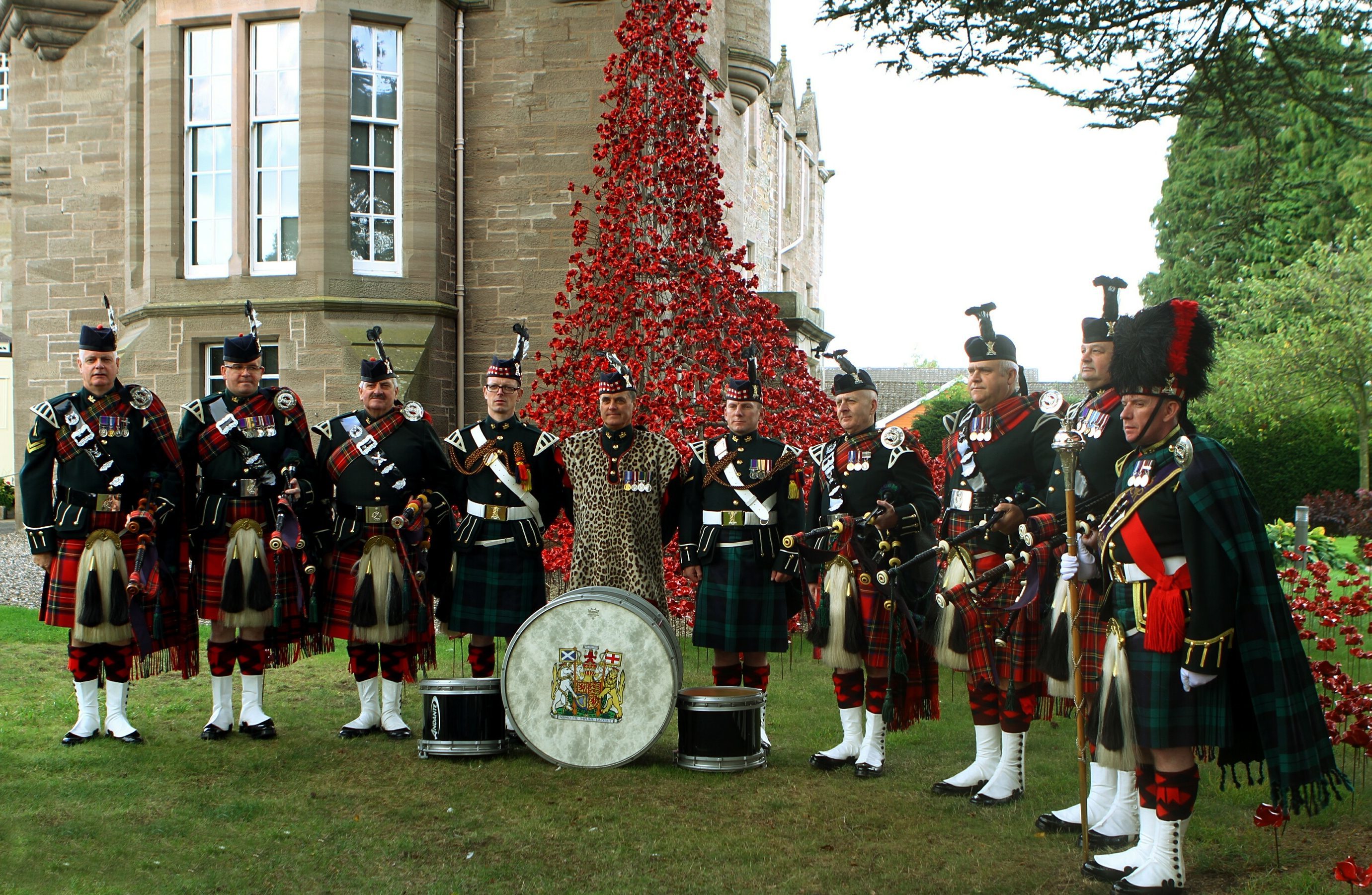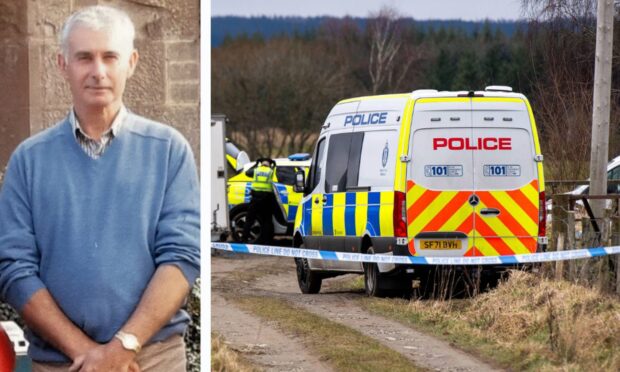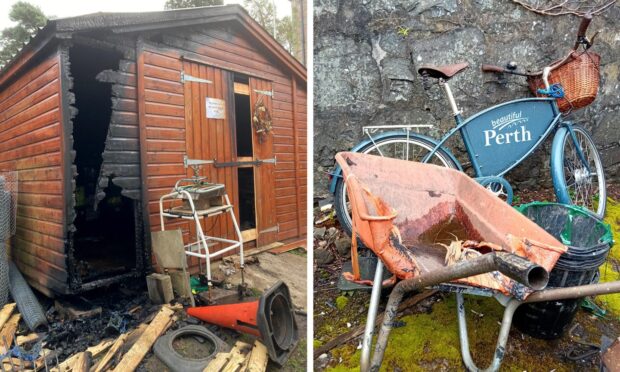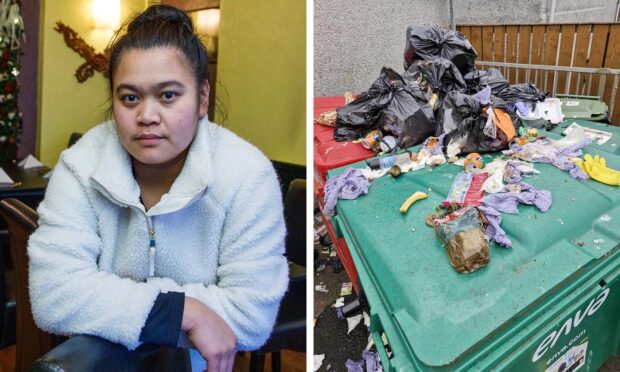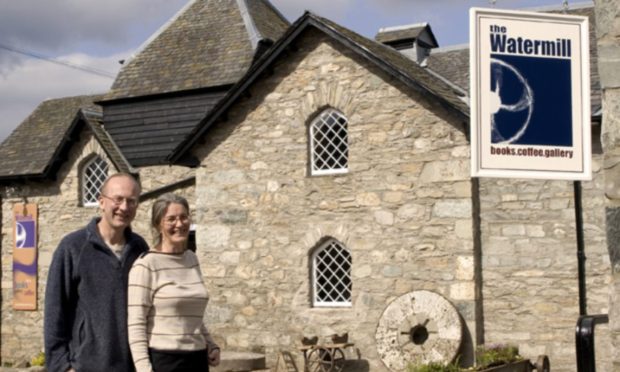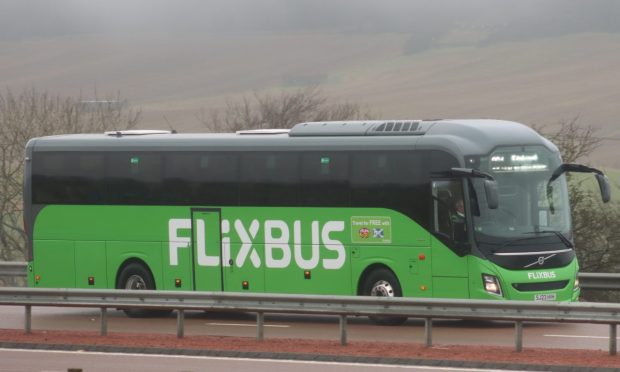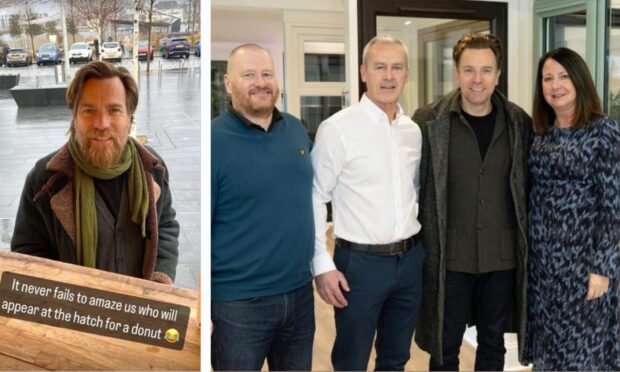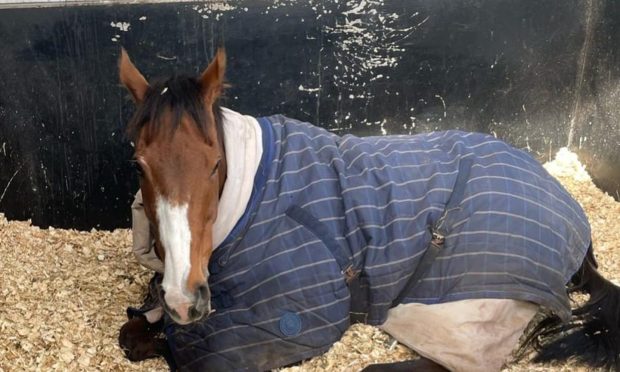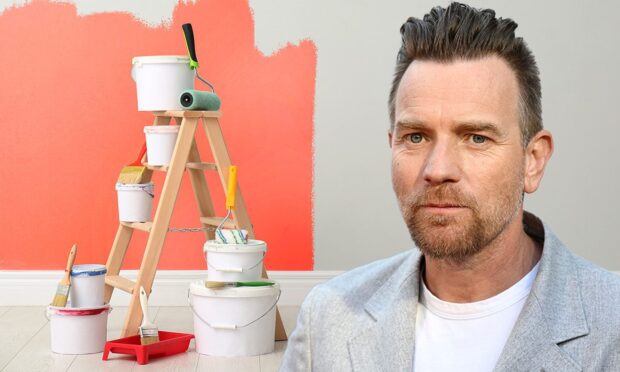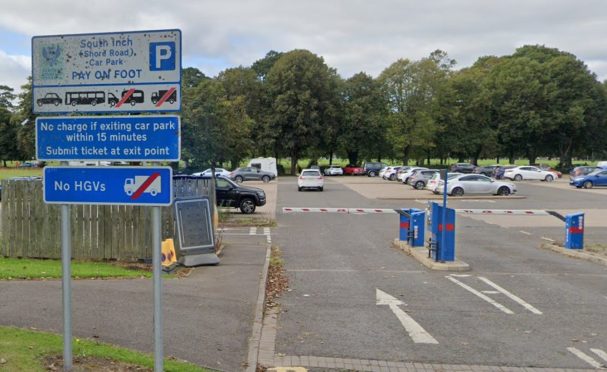The Black Watch Castle and Museum recorded a spectacular 1,248% rise in visitors last year thanks to the “weeping window” sculpture.
Featuring thousands of handmade ceramic poppies commemorating those who died in the First World War, the installation brought an unprecedented 113,000 visitors to the city over a matter of weeks.
As a focus for The Black Watch whose regimental heartlands are Dundee, Angus, Perthshire and Fife, the castle has always been a place of pilgrimage but the touching presence of the poppies struck a chord with the general public.
The museum was the first location in mainland Scotland to host the sculpture and contributed to the announcement by the Association of Scottish Visitor Attractions (ASVA) that visits to its member sites rose notably for the third year running in 2016.
ASVA, which represents the interests of the key visitor attractions sector in Scotland, has more than 450 members comprising some of Scotland’s most popular and iconic castles, galleries, museums, historic houses, heritage sites, wildlife parks, gardens and leisure attractions.
Analysis of statistics submitted by 249 of the organisation’s member sites for its annual visitor trends report confirmed that almost 30 million visits were made to those sites in 2016, a rise of 6% over the previous year’s figures.
The increase comes on top of a 3.4% rise in 2015, which itself followed a 6.1% rise in 2014, confirming that visitor attractions in Scotland are currently enjoying a period of sustained growth.
Sectors which fared particularly well in 2016 included castles and heritage sites (+12%), sports and activities centres (+28.7%) and museums and galleries (+5.7%).
Edinburgh continued to dominate the marketplace, with 11 of the top 20 attractions located in the city, compared with nine in 2015. The National Museum of Scotland welcomed the most visitors over this period, following the opening of ten new galleries in July, overtaking Edinburgh Castle as the most visited attraction in Scotland.
A new addition to the 2016 top 20 list was The Royal Yacht Britannia. Overall, some 54% of all visits were made to attractions that featured in the top 20 list.
